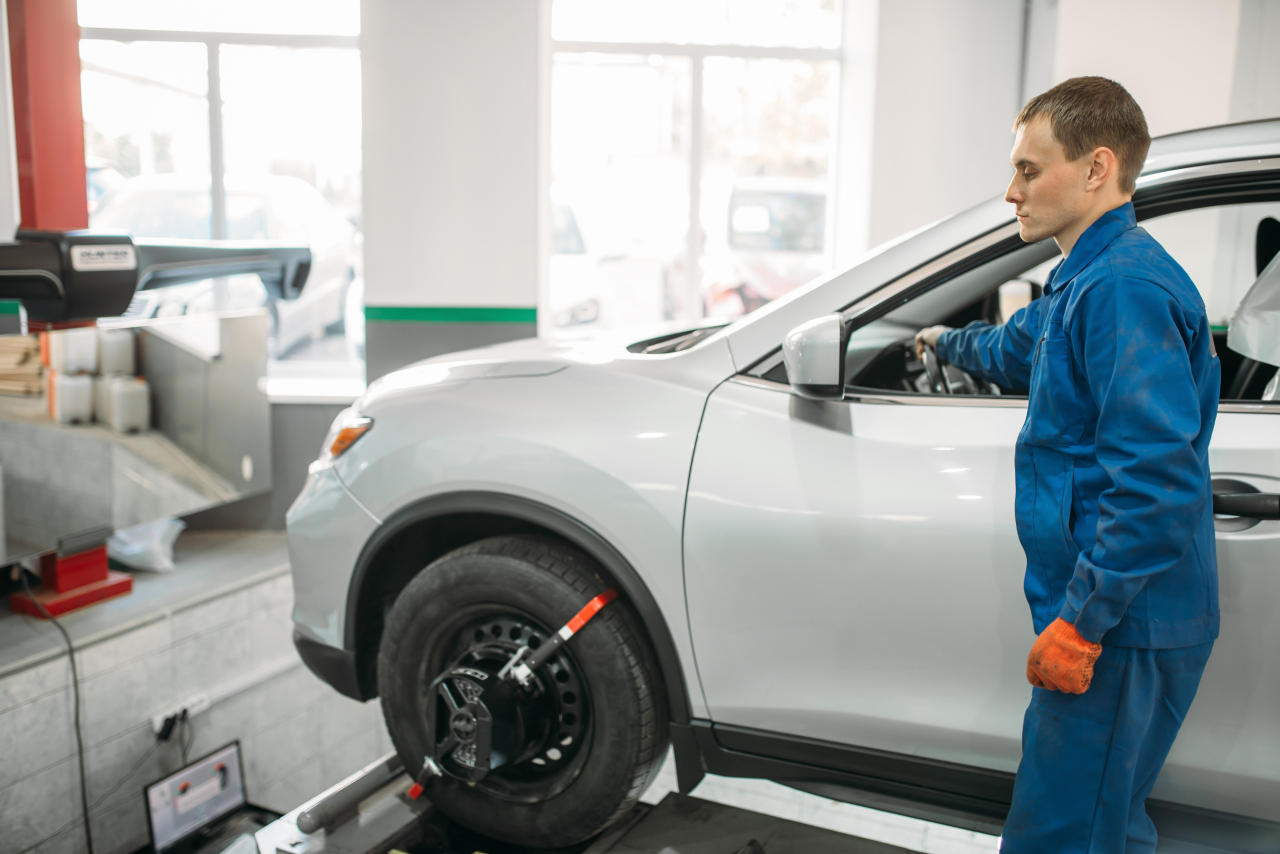The Honda CR-V is renowned for its blend of reliability, practicality, and efficiency, making it one of the go-to SUV choices for families and individuals alike. However, no vehicle is without its faults, and the CR-V is no exception. Below, we explore the top five problems associated with the Honda CR-V, providing a deeper insight into what owners might face during their ownership.
AC Compressor: The Heart of Climate Control
One of the most critical components for comfort, especially in warmer climates, is the air conditioning (AC) compressor. In the Honda CR-V, the AC compressor has been a significant point of concern for many owners. This component is essential for cooling the vehicle’s interior, and its failure results in no cold air being distributed. Symptoms of a failing AC compressor include unusual noises when the AC is on, the air conditioner blowing warm air instead of cold, and in some cases, the compressor clutch not engaging. The root of these issues often lies in the compressor’s wear and tear over time or leakage of the refrigerant. Repairing or replacing an AC compressor is a costly affair, with costs significantly varying depending on the model year and the extent of the damage.
Automatic Transmission: Smoothness in Question
The automatic transmission in the Honda CR-V has sparked discussions among owners due to its susceptibility to various issues. These problems manifest as jerky shifts, hesitation between gear changes, or, in worst-case scenarios, complete transmission failure. These symptoms can dramatically affect the driving experience and may lead to costly repairs. Regular maintenance, including timely transmission fluid changes, is vital for mitigating these issues. Additionally, understanding the signs of transmission wear and addressing them promptly can prevent more severe problems down the line.
Front Brake Rotors: A Vibration Concern
Premature wear and warping of the front brake rotors have emerged as a common problem for the CR-V. This issue typically manifests as a pulsating feeling in the brake pedal or steering wheel when braking. The uneven surface of warped rotors leads to inconsistent contact with the brake pads, affecting the vehicle’s stopping power and potentially increasing the distance required to come to a complete stop. Replacing the rotors and pads can resolve this issue, but it highlights the importance of regular brake system inspections to catch and address any wear early.
Oil Pressure Switch: Ensuring Engine Health
The oil pressure switch plays a crucial role in monitoring the engine’s oil pressure, alerting the driver to potential low-pressure situations that could lead to engine damage. In some CR-V models, this switch has been prone to failure, providing false warnings or failing to alert the driver at all. Such failures can lead to driver confusion and potentially severe engine damage if actual low oil pressure conditions are not appropriately addressed. Replacing a faulty oil pressure switch is generally straightforward and inexpensive but critical for maintaining engine health.
While the Honda CR-V remains a popular and generally reliable vehicle choice, awareness and proactive management of these common issues can help owners ensure their SUV’s longevity and reliability. Regular maintenance and timely repairs are key to enjoying the many benefits of Honda CR-V ownership without the drawbacks of these potential problems.

